Afghanistan
Where destitution and cold kills
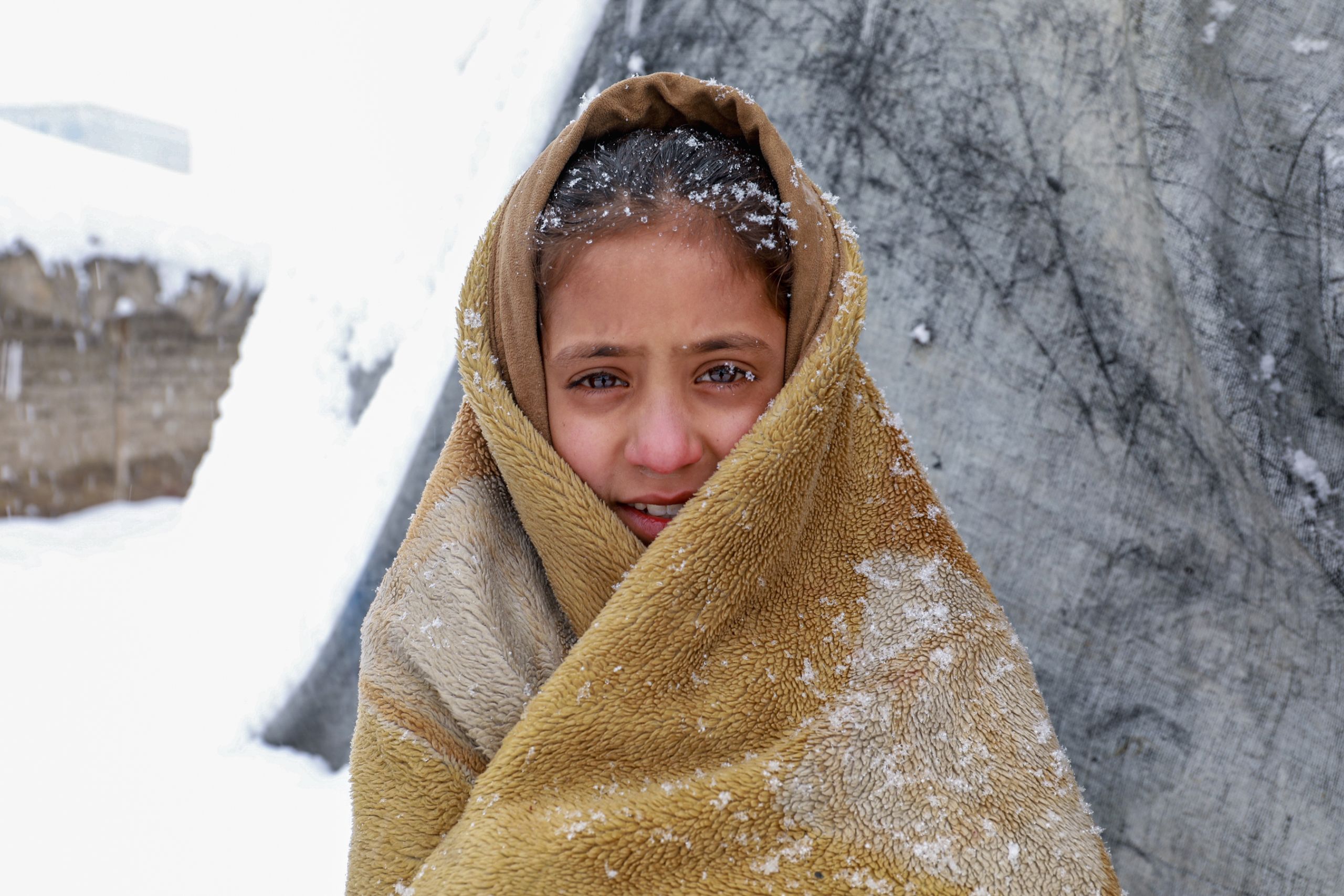
Winter has only just begun, with its snow and freezing temperatures, and we are already receiving the first reports of children dying of cold. The Norwegian Refugee Council (NRC) is working hard to save lives.
AFGHANISTAN/Kabul: We have travelled from one of the world’s safest and most prosperous nations to one of the most dangerous and war-torn countries on the planet.
But most of the children who die here are not killed by acts of war. They die from a lack of nutritious food, medicines, warm clothes and shelter.
We meet a number of displaced families who are struggling to provide their children with food, clothing and a roof over their heads. They live in tents or simple earthen huts without windows, doors or heating. We hear stories of families whose children have either frozen to death or fallen victim to pneumonia and other illnesses.
“It’s very cold inside. I thought it might be warmer if I went out and moved around a little.”
Raqia (11)

We meet 11-year-old Raqia in the early morning hours after a bitterly cold night with heavy snowfall and sub-zero temperatures of below -15C. A white blanket of snow has settled over the tents of Hiwadwal, an informal settlement on the outskirts of the capital, Kabul. It is just one of many such settlements in Kabul. Everyone living there has been displaced by the conflict in this war-torn country. Some are new arrivals, others have lived like this for years. Some lived as refugees in neighbouring Pakistan before returning home, only to be forced to flee their homes once more.
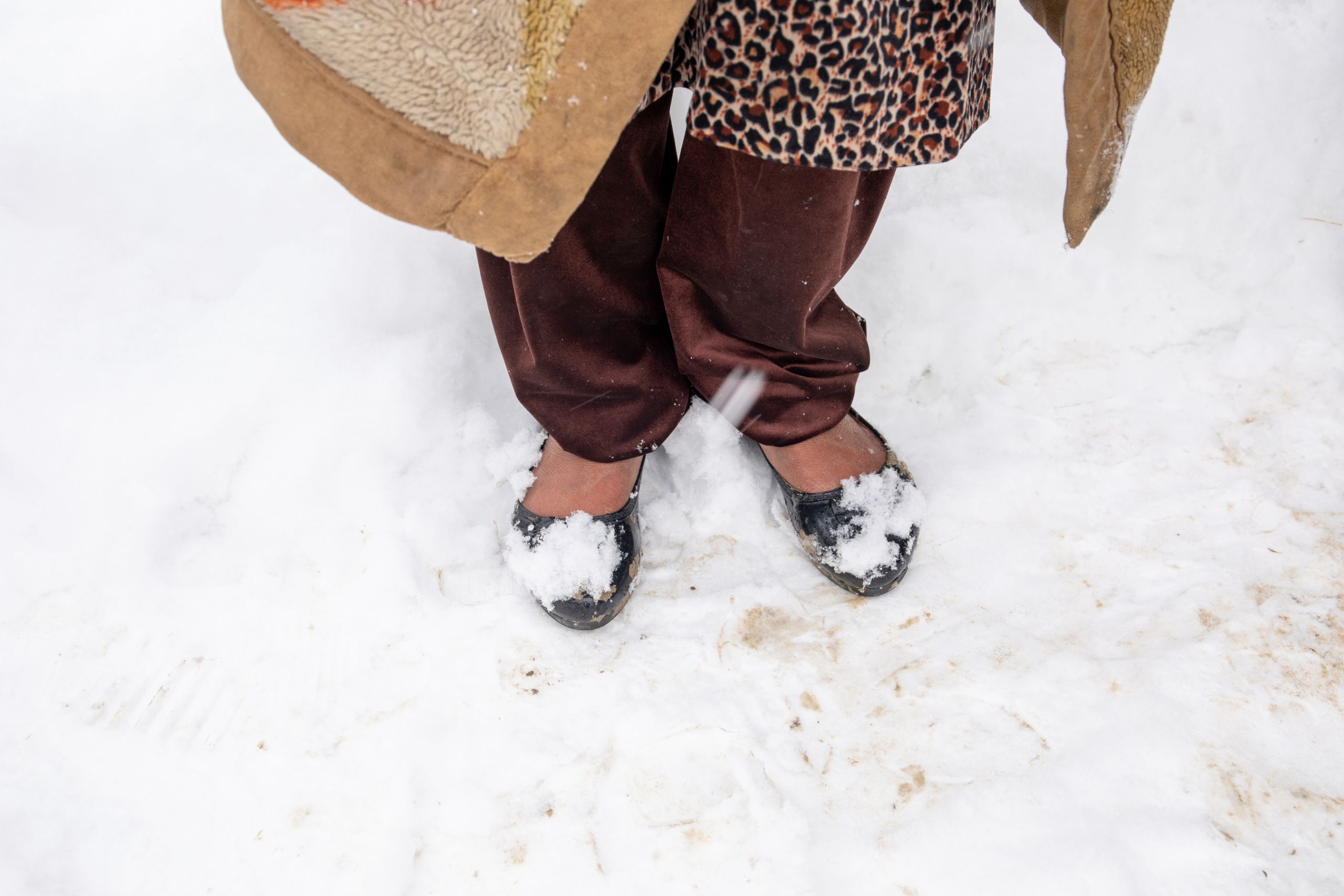
Raqia's only shoes are a pair of plastic sandals. Photo: Azad Enayatullah
Raqia's only shoes are a pair of plastic sandals. Photo: Azad Enayatullah
Raqia stands outside her family’s simple home, wrapped in a blanket. Underneath, all she has on are thin summer clothes, with nothing on her feet but a pair of simple plastic sandals – and no socks.
“These are the only clothes and shoes I have,” she says, pulling the blanket tightly around her.
Her simple home consists only of plastic, rugs and clay.
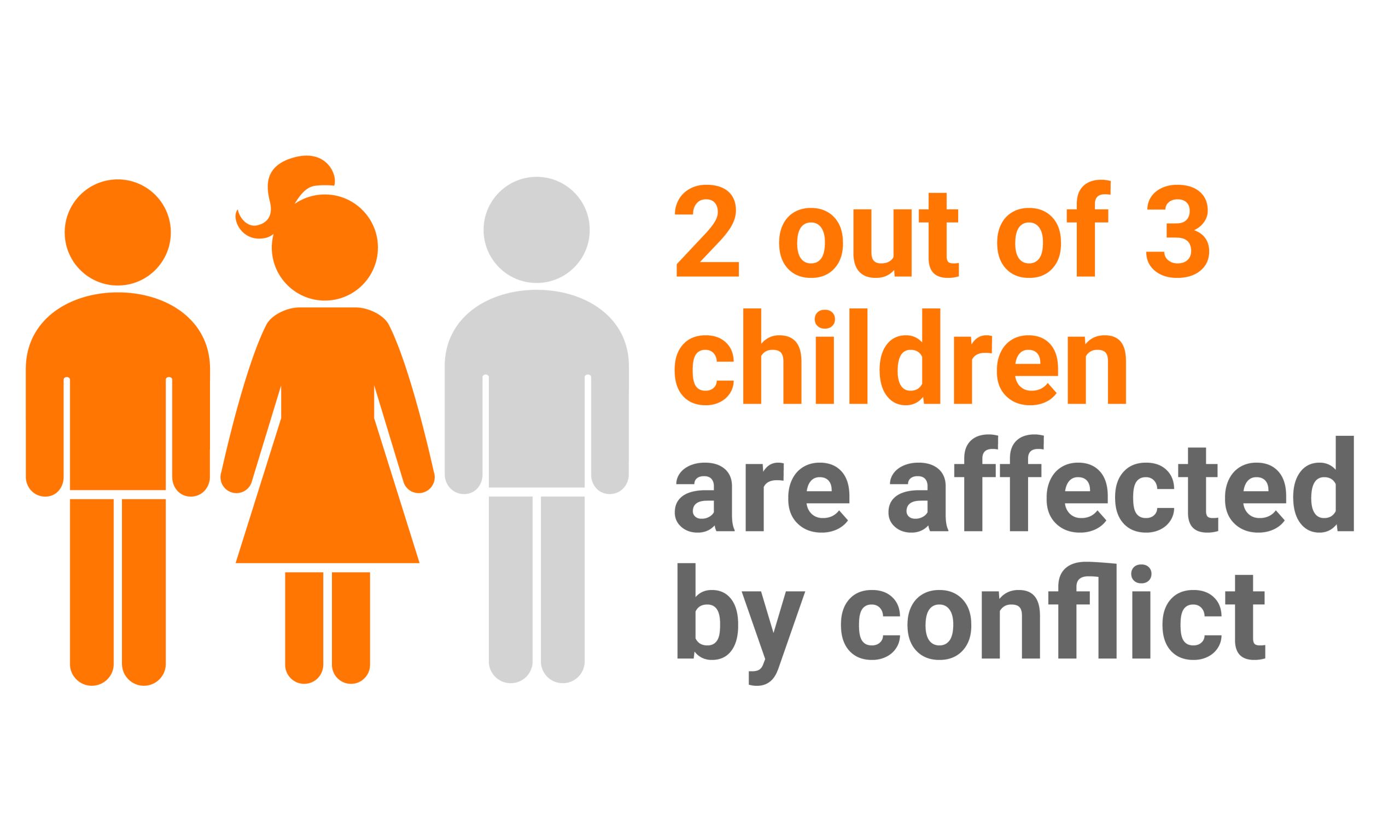
“We have a simple stove, but we have no fuel. We burn cardboard and plastic that we collected during the summer, but it is not enough to keep us warm. We usually fire up the stove once a day, but when it’s cold like now, we often light the stove twice a day.”
As soon as the heat from the stove dies out, it gets freezing cold.
A simple wooden stove cost 20 dollars and can keep a family warm through the winter.
“It is very cold at night and I wake up early because I’m so cold. My feet are like ice, and sometimes I lose the feeling in my toes.”
“Now we don’t have to freeze and can keep warm indoors.”
Shawan (6)
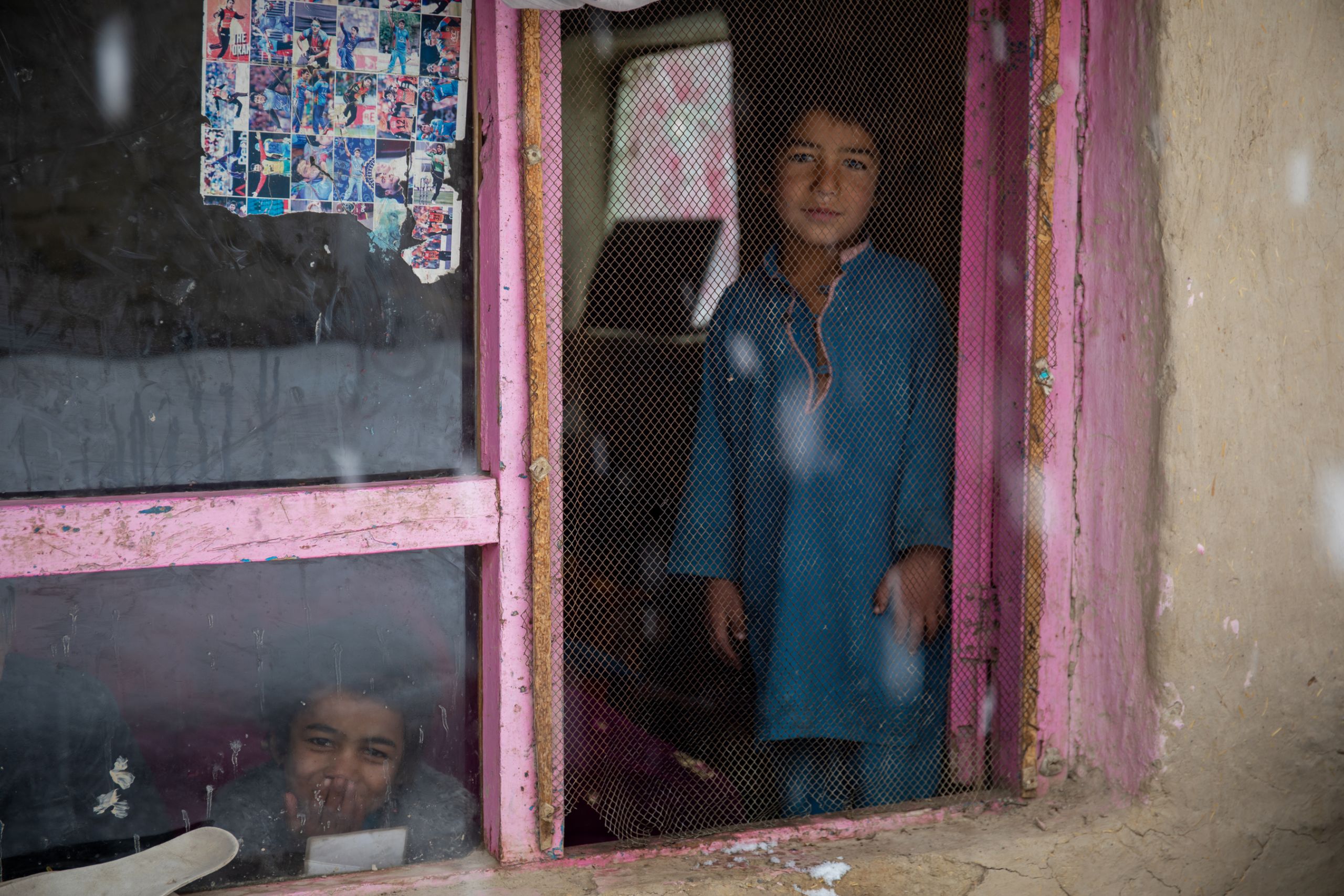
How we help: In the same neighbourhood, we meet Shawan, 6. Last winter he also lived in a home made of plastic, rugs and clay. But in 2019, NRC built 154 new houses and upgraded the homes of 330 other displaced families in and around the capital, Kabul. Shawan’s family was one of those families.
| Facts: The leading killer of children |
| Pneumonia kills more than one million children each year, and is the disease that kills the highest number of children globally. The infectious disease is often called the leading killer of children. |
| Vulnerable group: In Afghanistan, many displaced children live under miserable sanitary conditions and do not receive necessary vaccines or medical treatment. A total of 600,000 children under the age of five are severely malnourished. Many also lack warm clothing and live in tents or simple houses without heating. This causes many of them to develop pneumonia and die. |
| Lives can be saved: Humanitarian aid organisations in Afghanistan report increased child mortality in the winter months. Young children are at a higher risk of hypothermia because they cannot regulate their body temperature in the same way as adults. Many lives could have been saved if the children had been vaccinated or received medical treatment. |
| Source: Médecins Sans Frontières (MSF) and Save the Children |
“It was very cold, we got sick and my brother died.”
Maliya (11)
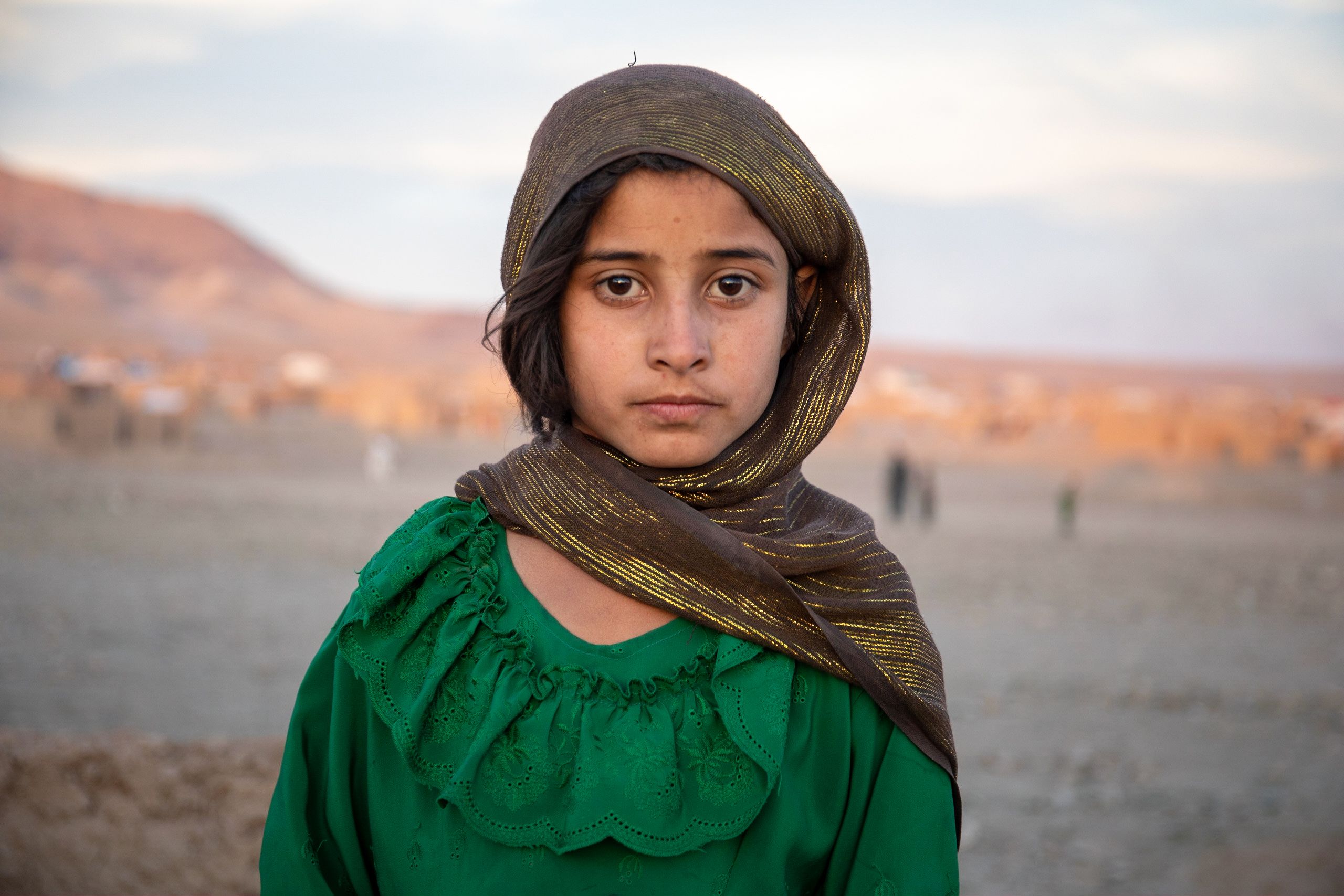
AFGHANISTAN/Herat: A golden-brown field half an hour’s drive north of the metropolitan city of Herat is home to more than 10,000 families. They have fled from drought and military conflict. The settlement has been named Shahrak e Sabz, “The Green City”, and is one of three such settlements on the outskirts of the provincial capital which together house over 75,000 people.
Here, we meet 11-year-old Maliya Musazai. She remembers last winter well.
“We lived under a tarp. It was very cold, we got sick and my brother died. When I think about it, I get very sad and I cry. Now I’m terrified that the same thing will happen to my little sister.”
Her lively face stiffens. Her smile disappears and she looks distant.
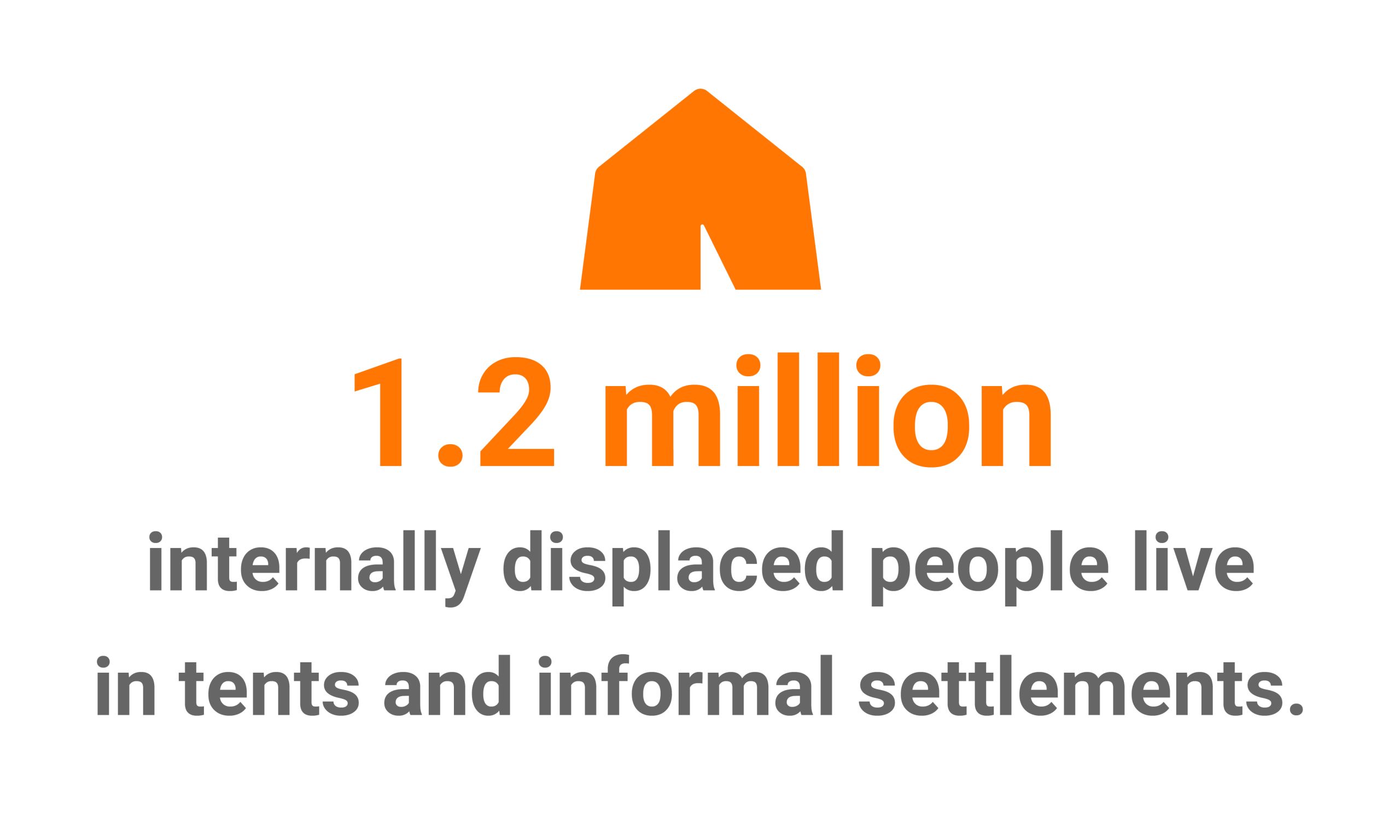
Now her father, Noorudin, has built a small two-room house of clay and straw. A white tarpaulin bearing the logo of the UN refugee agency, UNHCR, is stretched across the walls and acts as a roof in one room. The second room has no roof, just walls. There are openings for both doors and windows, but the family has not yet been able to afford to buy and install them.
“We children sleep in the room with the roof. Our mother wraps blankets around us before we go to bed, but now it’s very cold and it’s hard to sleep,” says Maliya.
“I can’t afford to lose any more children.”
Noorudin Musazai (35)
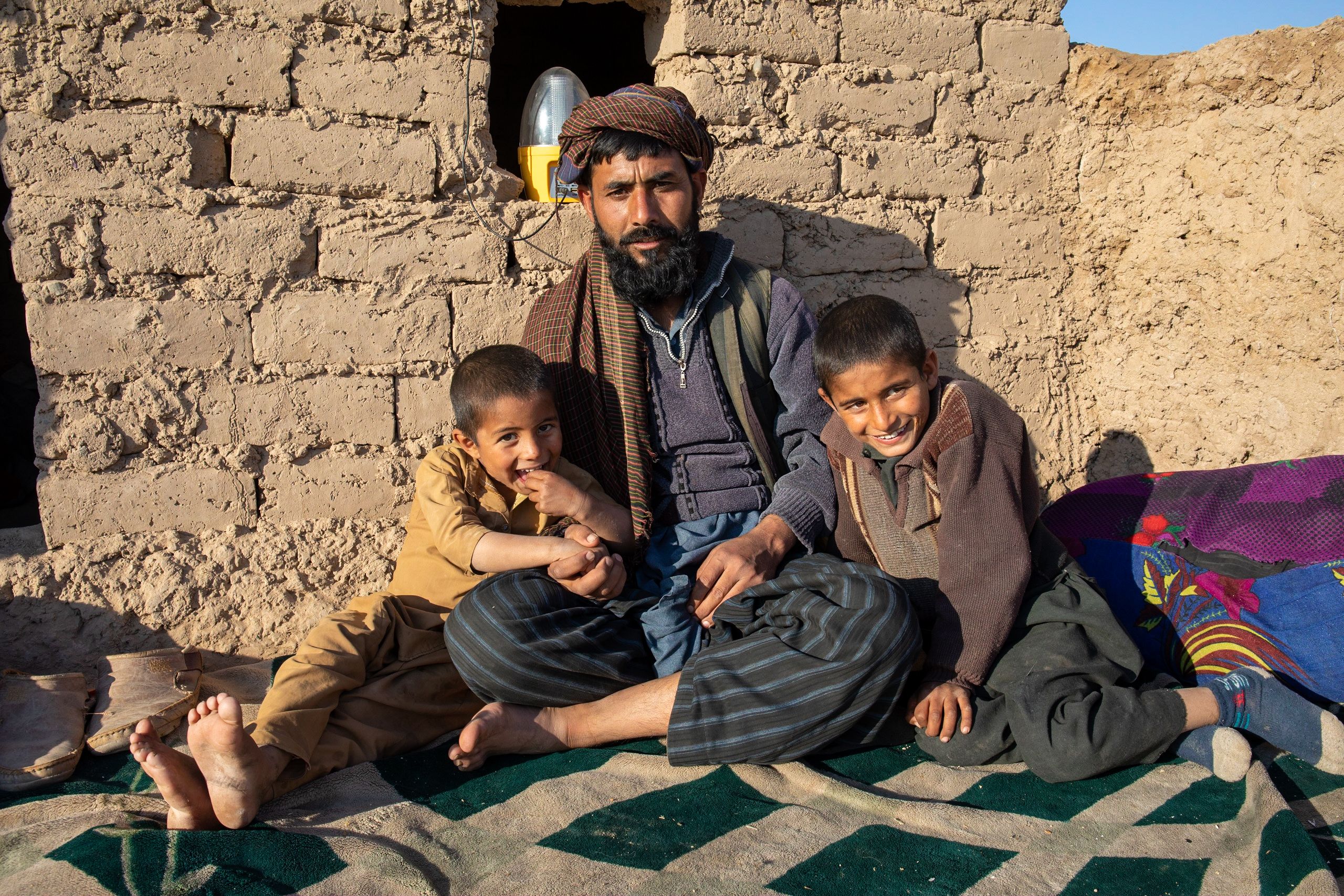
“We came here to the outskirts of the city of Herat. We spent last winter in a makeshift tent. Later, NRC gave us a better tent,” says Noorudin Musazai, 35.
He remembers winter last year with dread. “It was harsh and brutal. The children were all freezing and fell ill. Our youngest son wasn’t able to withstand the cold. When I finally had enough money for medicine it was too late. Our tent blew over and he died in my arms under the canvas,” he says quietly, his voice cracking.
We are sitting along the sun-warmed wall of the new house. The children are playing around us. Two of the boys have crept up onto their father’s lap. They are like most children. Curious eyes, open faces and gentle smiles.
“I hope this winter will be gentle and that help will come soon. I can’t afford to lose any more children,” says Noorudin, putting his arms around his two boys.
“We lived under a makeshift tent. It was freezing cold and my youngest sister died of cold and sickness. We couldn’t do anything to save her.”
Ahmed (14)
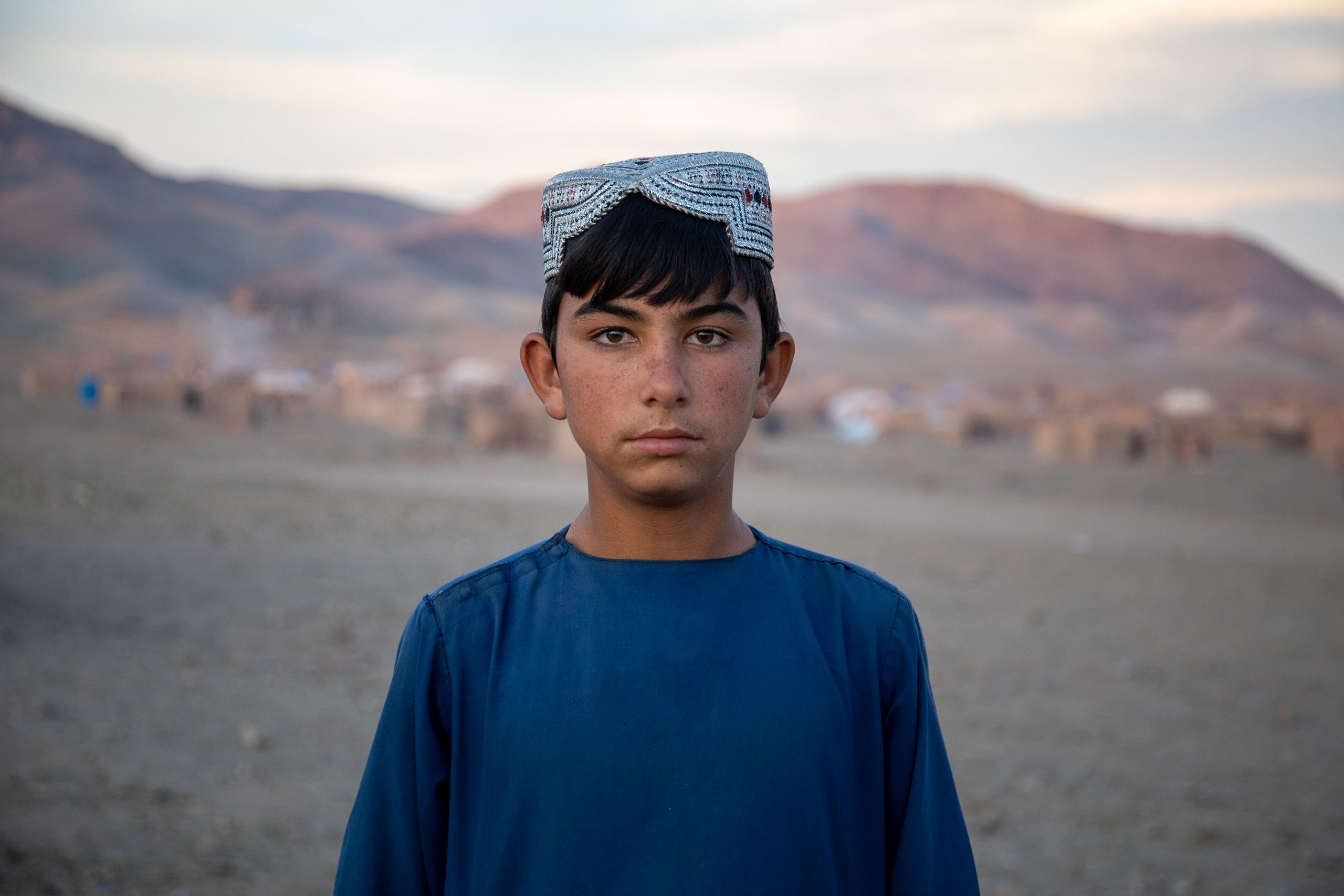
Right next door to Maliya lives Ahmed Sayed, 14. He has a similar story to tell from last winter:
“I lived with my mother and my siblings. My father had gone away to make money. When spring came, I started building a simple house of clay, as many have done here in the camp.
“It was a hard job, but after two months the house was finished. I hope that we will make it through this winter and that everyone will survive. We have still not managed to get a furnace and fuel – and winter is already here. I’m worried. We don’t have shoes or warm clothes either. All the money we manage to scrape together goes on food.”
Good news
“We will use the money to finish the roof and install doors and windows.”
Noorudin Musazai
How we help: The next day brings welcome news: Maliya and her family will receive help. They are on the NRC’s list of 2,000 families who will receive assistance to complete their houses. For Maliya, this means that the family’s house will have a roof, windows and doors – and that it will be easier to keep warm.
“We will use the money to finish the roof and install doors and windows. Then I will buy a wood-burning stove to keep our family warm throughout the winter. At the moment, all the children are sleeping in the part of the house that has a roof, while my eldest son and I sleep in the other part. I wrap as best I can in the blankets I have, but the children still freeze at night when the temperature drops below zero. I will do everything I can to keep them warm throughout the winter. I can’t afford to lose any more children,” says Noorudin.
AFGHANISTAN/Mazar-i-Sharif: A half-hour drive outside the city of Mazar-i-Sharif, we meet a group of four brothers and sisters. They are: Kahyr, 12, Rahimullah, 7, Gul Soma, 10 and Mariam, 6.
Their father was killed in the conflict two years ago. They fled from their home in the war-torn area with their mother and grandmother. Now, it is their grandmother, Ana, 67, who is in charge of the family. She explains:
“We spent the first winter under a tarp and tried to keep warm by lighting fires. All that we had to eat was a little bread and potatoes given to us by friendly neighbours,” says Ana.
With the help of good neighbours, the family has managed to build a house of clay and straw. The house only has one room, but it had no roof, windows or doors, so the temperature was the same indoors and outdoors.
“We are scared of the winter”
Ana (67)

How we help: “The family didn’t have the money to finish their house, and we were worried about what might happen to the children. So we gave the family USD 300 to enable them to finish off their house with a roof, a door and windows. In addition, the family has received USD 200 to buy and install a wood-burning stove,” says Fardin Hafizi, who heads NRC’s shelter project in Mazar-i-Sharif.
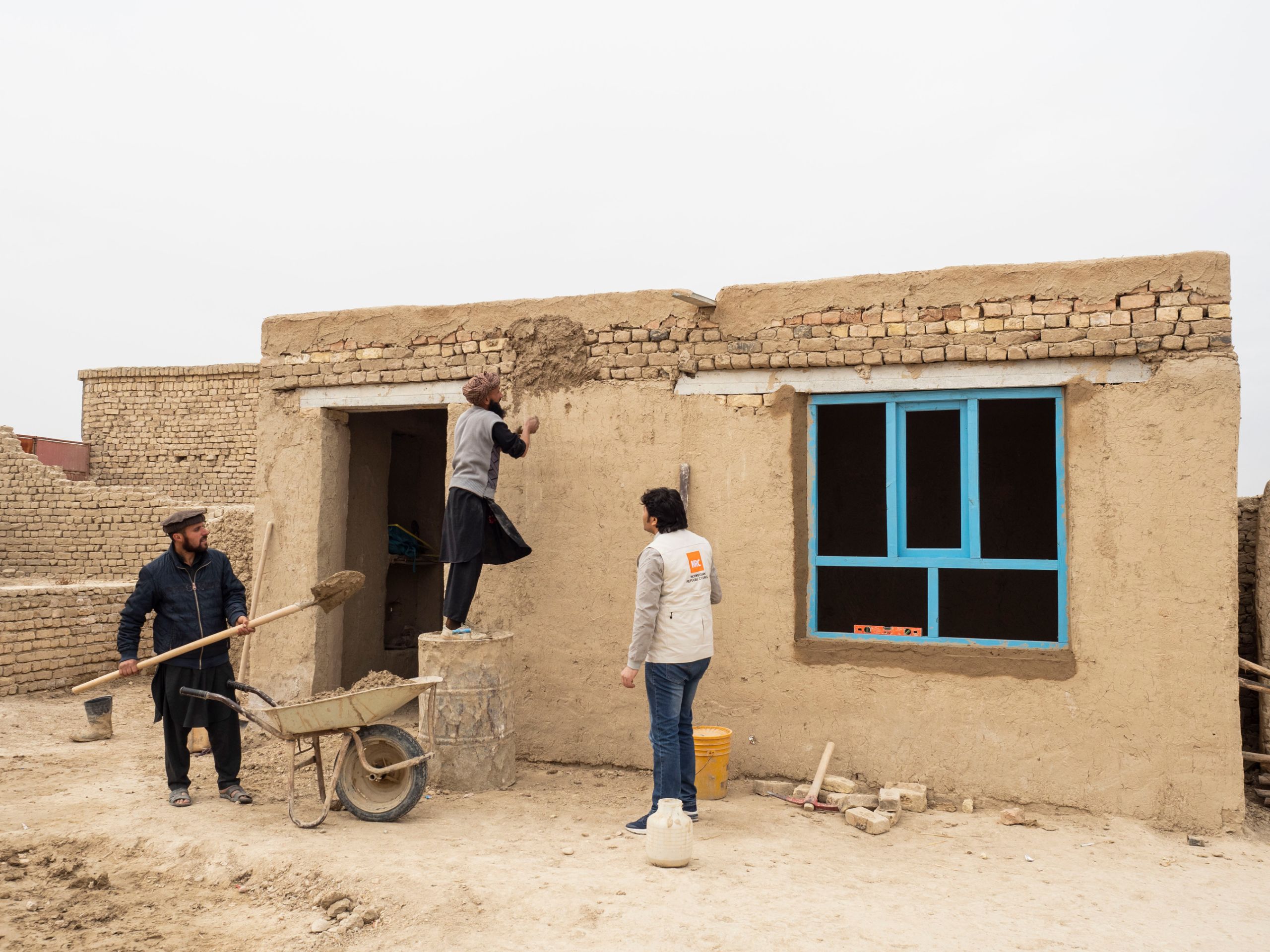
Two good neighbours are well underway completing Ana's house. NRC’s Fardin Hafizi watches as they work. Photo: Ingrid Prestetun.
Two good neighbours are well underway completing Ana's house. NRC’s Fardin Hafizi watches as they work. Photo: Ingrid Prestetun.
While we are there, two good neighbours are already well underway working to complete the new house. Fardin Hafizi is monitoring the work and making sure that the new windows are installed. The only thing left now is the front door.
“The children became ill and we had no money for medicine. I was afraid that my children were going to die.”
Ewaz (45)
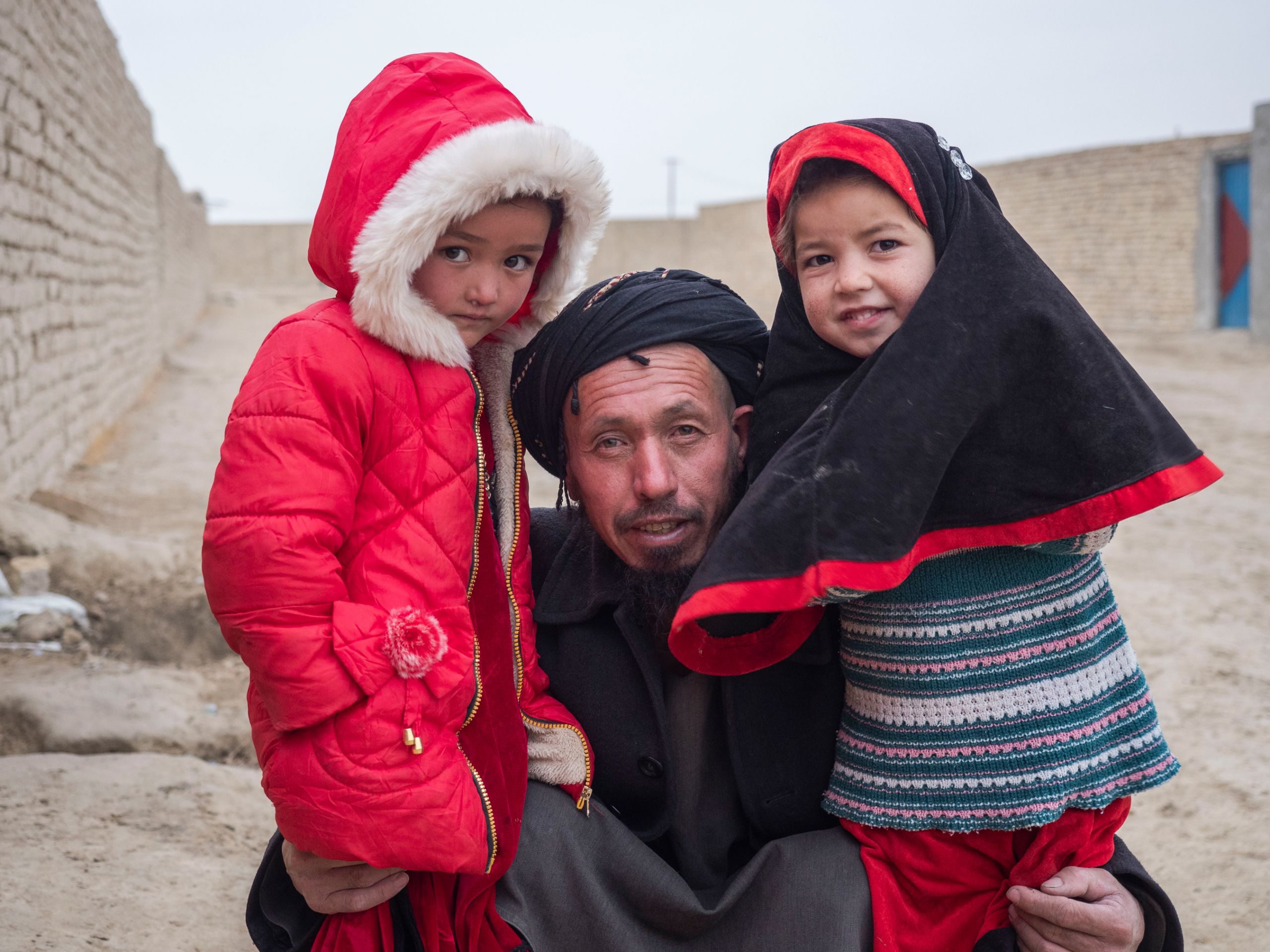
AFGHANISTAN/Mazar-i-Sharif: Along with about 570 other families, Ewaz, his wife and six daughters have settled on a barren field five kilometres north of the city of Mazar-i-Sharif.
“We fled the war and came here about a year ago. At first, we lived in a tent. Then we were given the opportunity to buy this lot on hire purchase. We spent last winter in an earthen hut in the corner of the lot. This is where our youngest daughter was born. The children became ill and we had no money for medicine. I was afraid that my children were going to die,” says the father of six, tightly hugging his daughters Salima and Samira, who have climbed onto his lap.
The two girls have felt the cold in their bones for a long time. Now, with money from NRC, the family has finally been able to finish the roof and install a door and a window in their small one-room house.
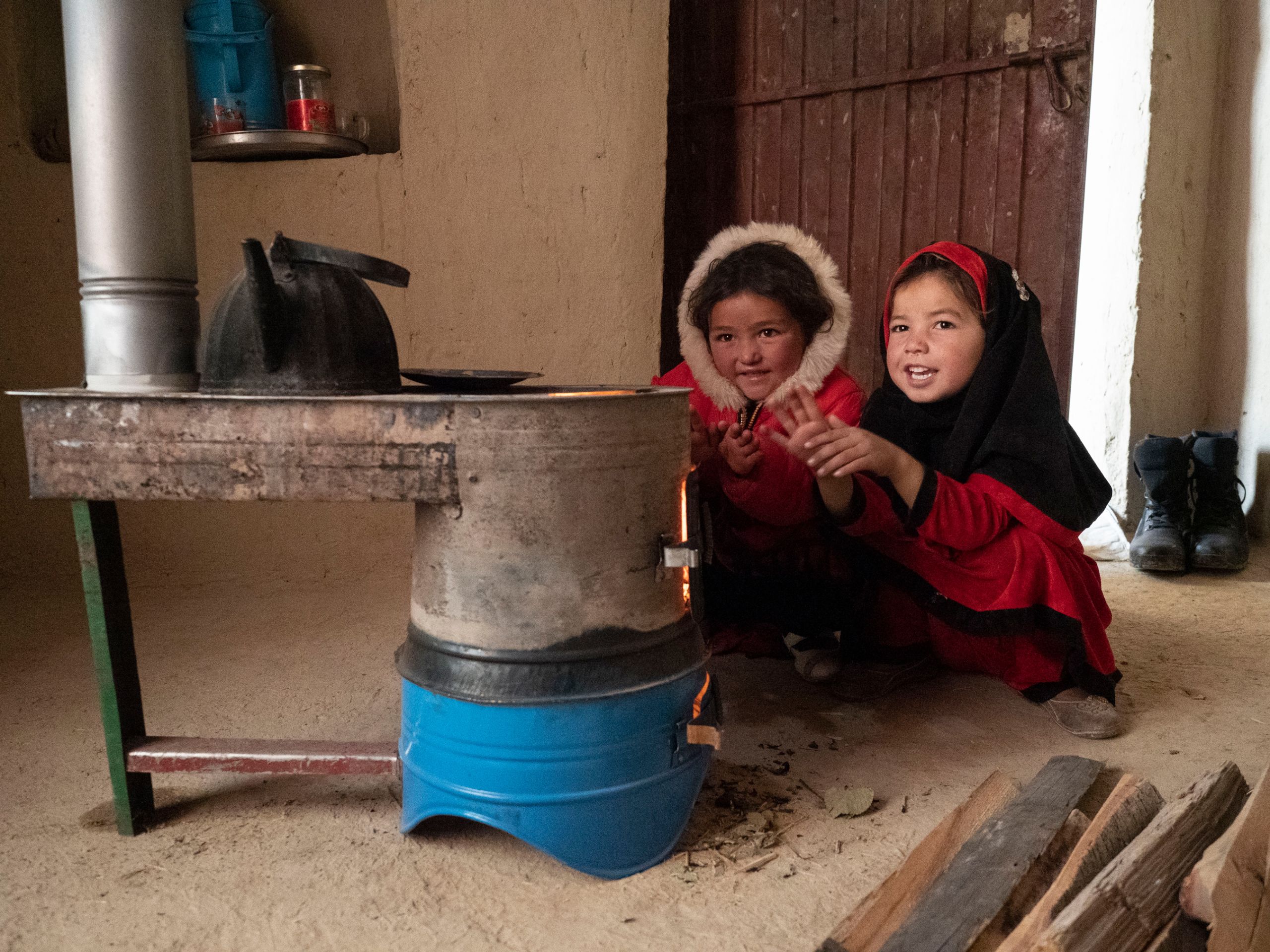
Photo: Ingrid Prestetun.
Photo: Ingrid Prestetun.
How we help: We meet their father Ewaz, 45, as NRC is distributing money to internally displaced families who need help staying warm through the winter. Each family receives 15,700 Afghani, equivalent to USD 200. Winter has set in with snow and sub-zero temperatures, and the first reports of children freezing to death have already come in.
